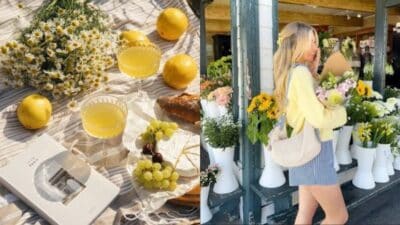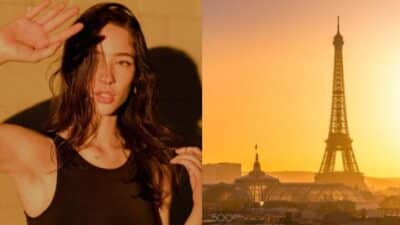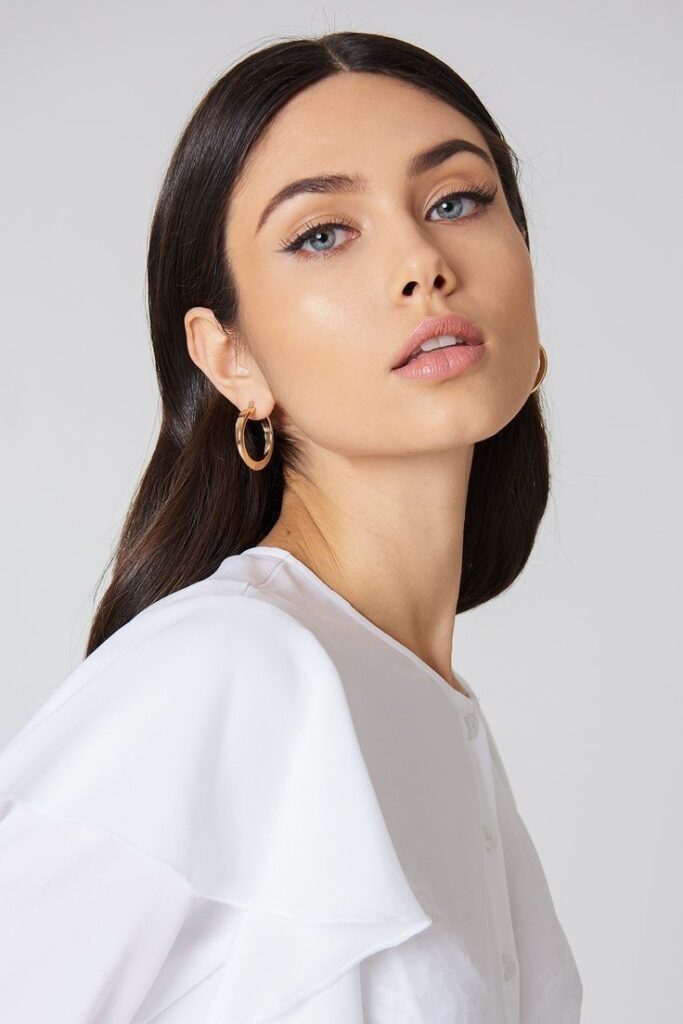
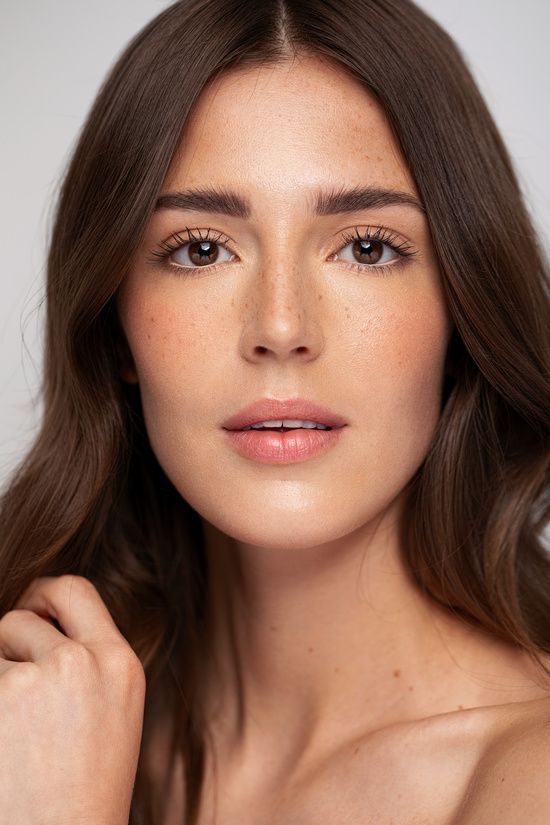
Photography posing can feel tricky, but mastering it helps create natural and flattering photos. Good posing guides teach how to position the body and face to highlight strengths and hide flaws, making subjects feel confident in front of the camera. Knowing simple, clear poses is key to getting great shots fast.
No matter the type of photoshoot, understanding how to adjust poses for different people and settings makes a big difference. This guide breaks down the basics of posing, with tips anyone can use to improve their photo results.
Key Takeways
- Effective posing highlights a person’s best features.
- Adjusting poses based on the subject creates more natural photos.
- Clear guidance helps improve confidence during a shoot.
Understanding Photography Posing
Good posing helps highlight a subject’s best features and tells a story through their posture and expressions. It involves techniques that make the subject look natural and confident, while avoiding common errors that can ruin photos. Body language plays a big role in how the pose feels to the viewer.
Core Posing Principles
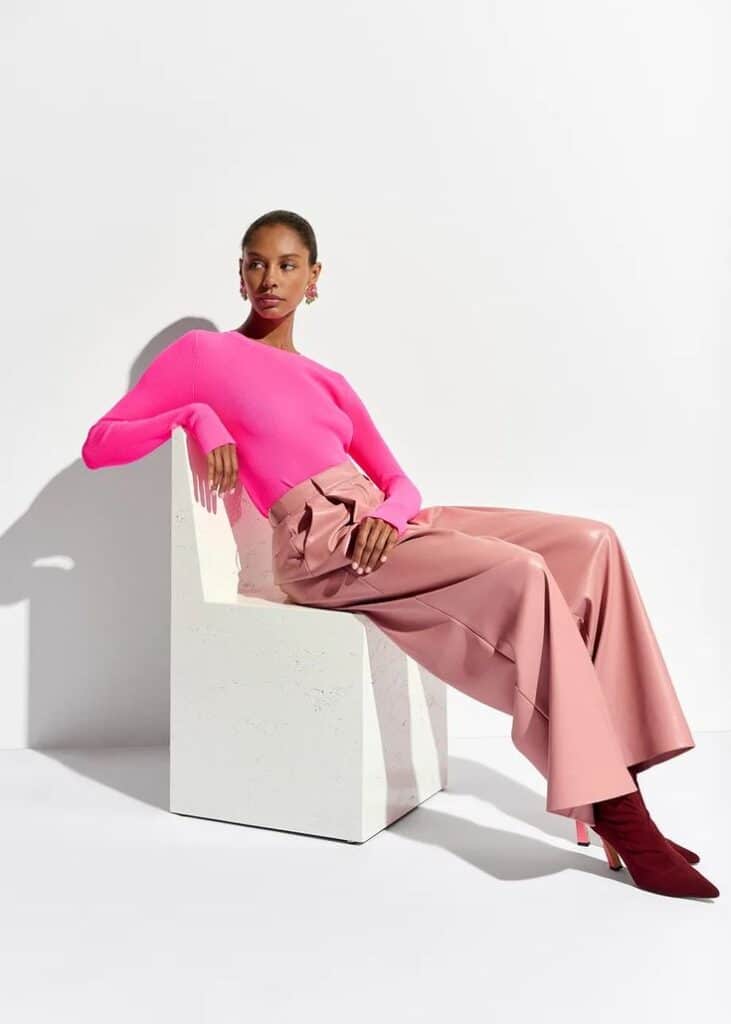
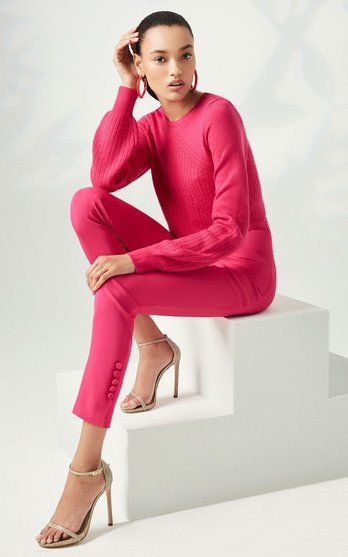
Posing starts with good posture. Keeping the back straight and shoulders relaxed helps the subject look poised. Angling the body slightly, rather than facing the camera straight on, creates depth and avoids flat images.
A simple tip is to shift weight onto one leg. This stance looks relaxed and more natural. Hands are best placed gently, not clenched or stiff. Small changes like tilting the head or turning the chin slightly can also add interest.
Lighting and camera angle affect posing too. A pose that suits one angle might not work for another. The photographer should guide the subject to try different positions for the best result.
Common Mistakes to Avoid
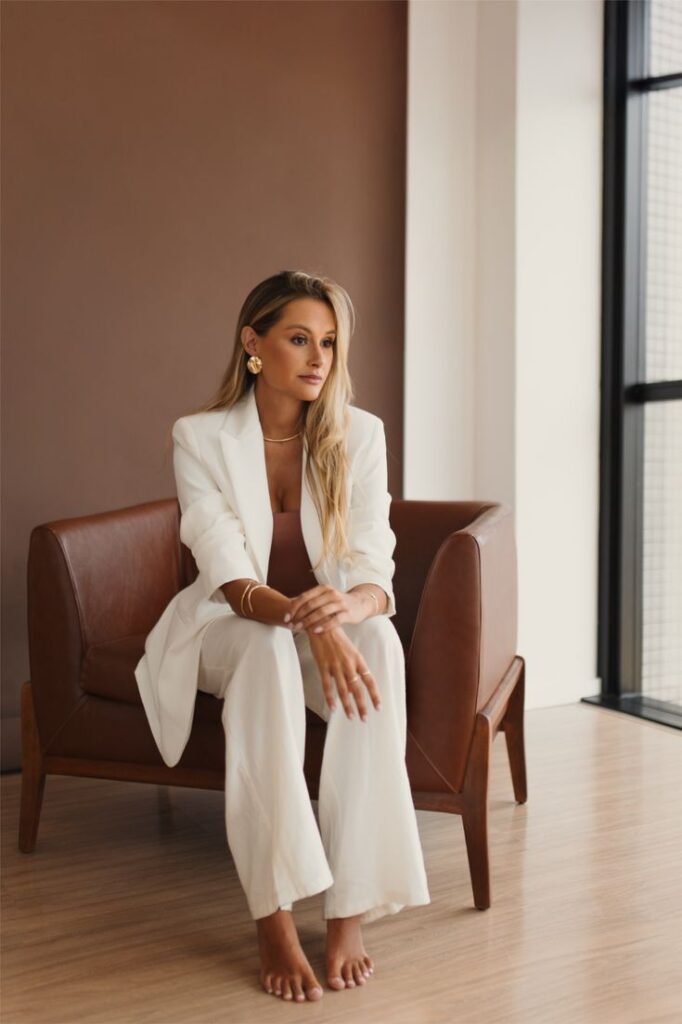
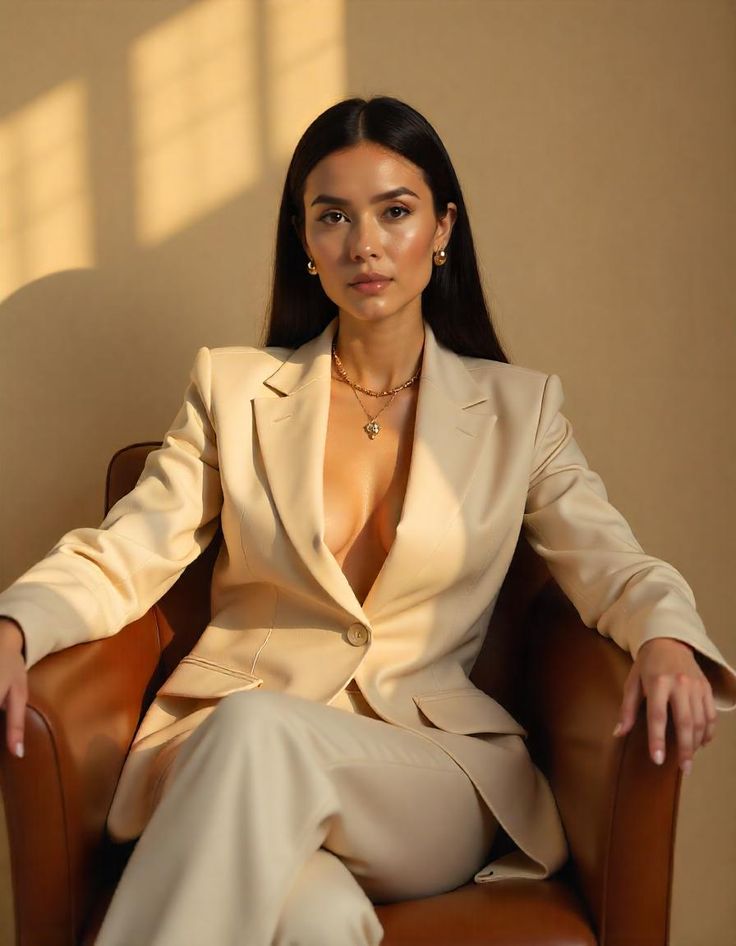
Stiffness is the biggest posing problem. A subject who looks tense or frozen often feels unnatural in photos. To prevent stiffness, subjects should breathe deeply and move slowly between poses.
Another mistake is poor hand placement. Hands on hips can appear strong, but if done wrong, they look awkward. Fingers should stay loose and comfortable. Crossing arms can feel defensive unless used intentionally.
Looking down or away without purpose can seem disconnected. Eye contact with the camera or soft glances away usually bring a warmer mood. Also, avoiding bad posture like slouching or sticking out the chest too much is crucial.
The Impact of Body Language
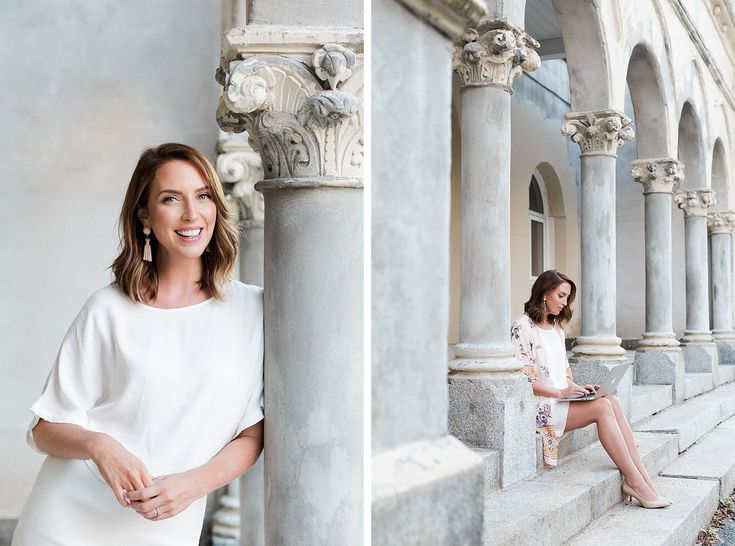
Body language conveys moods and personality without words. Open poses, like uncrossed arms and relaxed shoulders, suggest friendliness and confidence. Closed poses might make a subject seem shy or reserved.
Facial expressions combined with body language strengthen the message. A slight smile and relaxed face make portraits feel inviting. Tension in the face can show stress or discomfort.
Hands and feet placement affects body language too. For example, leaning forward shows interest, while leaning back can indicate relaxation or sometimes disinterest. Knowing these signals helps the subject control how they are perceived in photos.
Preparation for a Photoshoot
Getting ready for a photoshoot helps make the session run smoothly. Clear communication, thoughtful outfit choices, and well-planned backgrounds create the best results.
Communicating with Your Subject
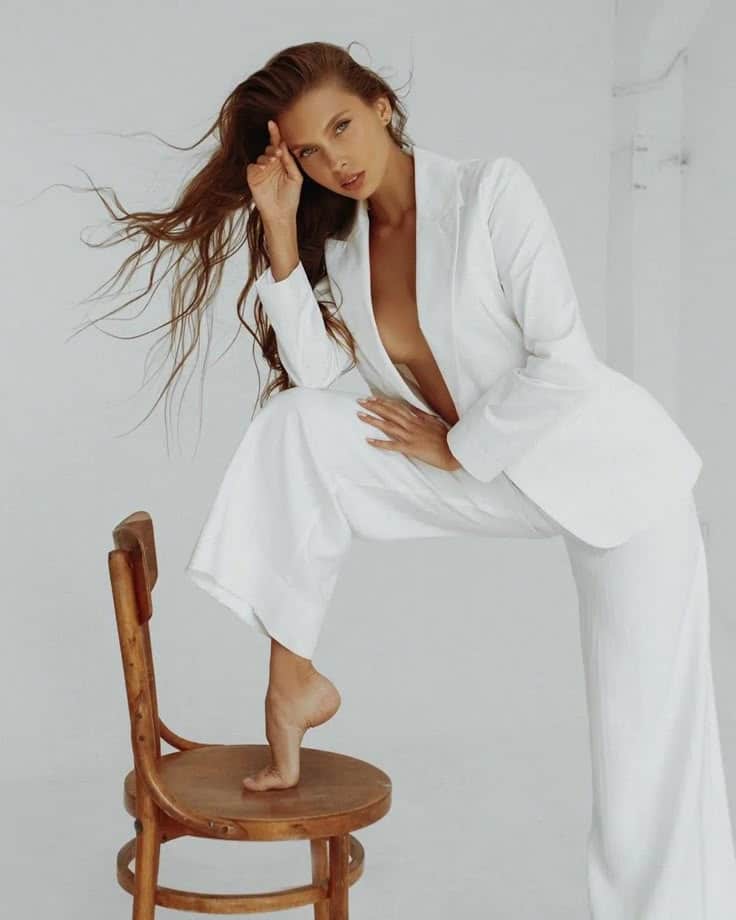
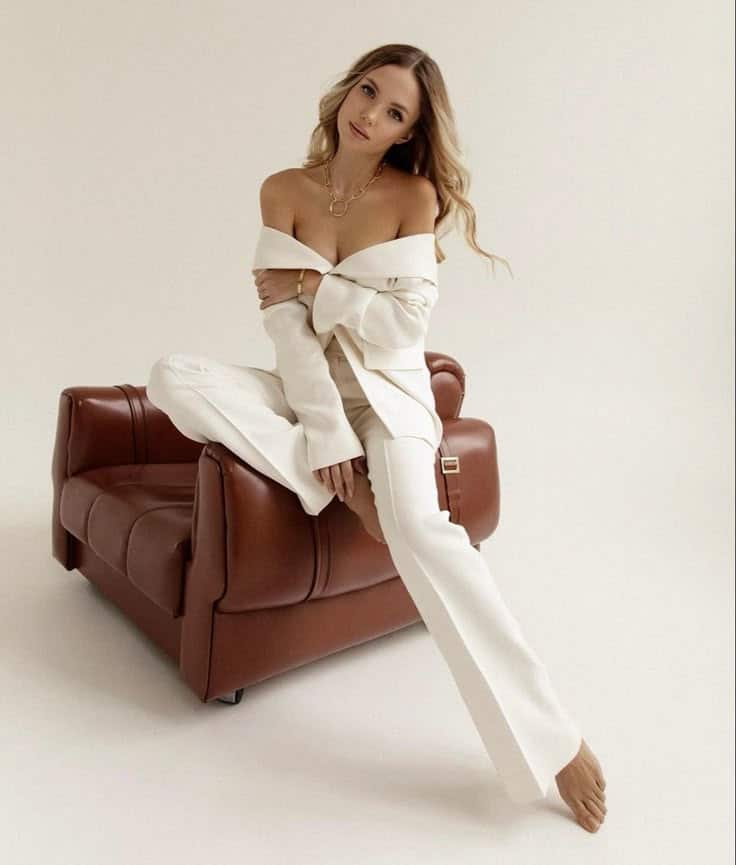
The photographer should explain the goals of the photoshoot clearly. This includes discussing the style, mood, and poses expected. Open communication makes the subject feel comfortable and confident.
It helps to share examples or mood boards beforehand. This sets clear expectations and reduces misunderstandings on the day of the shoot. The photographer must also listen to the subject’s ideas or concerns.
During the shoot, gentle guidance and positive feedback keep the subject relaxed. This encourages natural expressions and better poses.
Selecting the Right Outfit
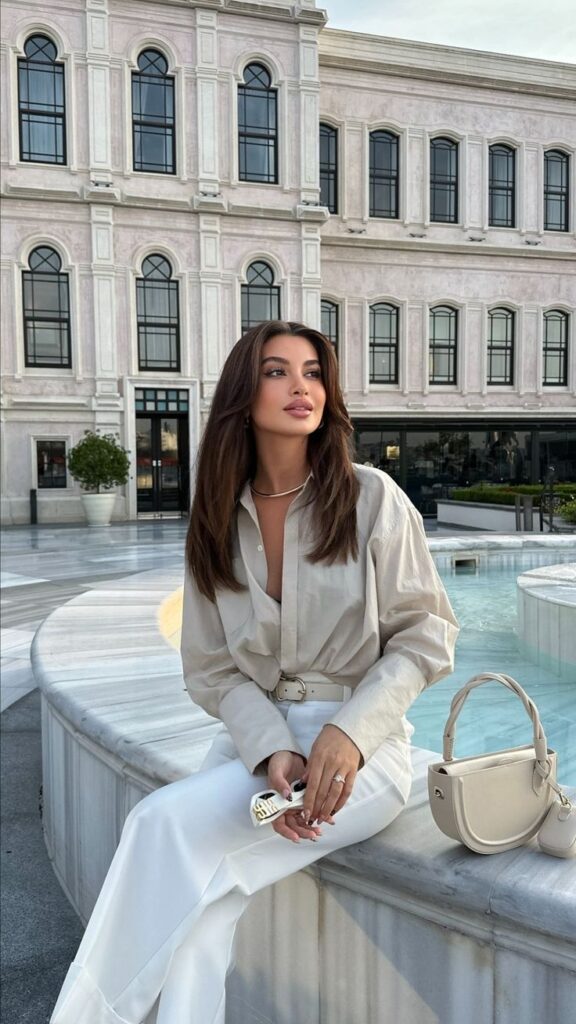
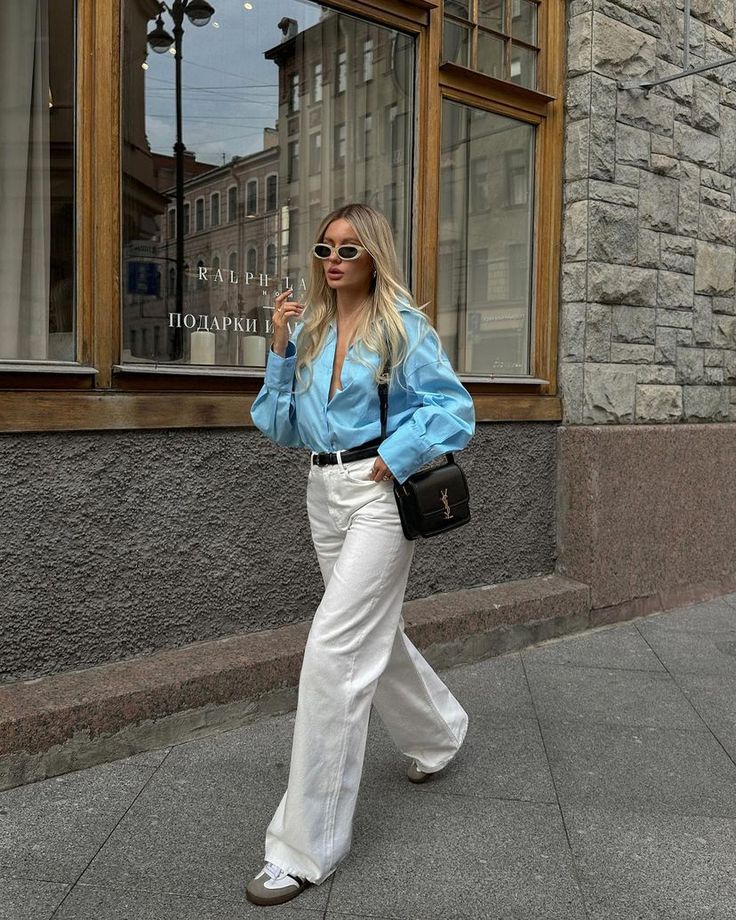
Choosing the correct outfit depends on the type of photoshoot. For portraits, solid colors usually work best as they don’t distract from the subject’s face.
Avoid flashy patterns or logos that may draw attention away. Clothes should fit well and match the chosen style or theme.
Accessories should be simple and not overpowering. It’s important to consider the location and lighting as these can change how colors appear in photos.
Choosing Complimentary Backgrounds
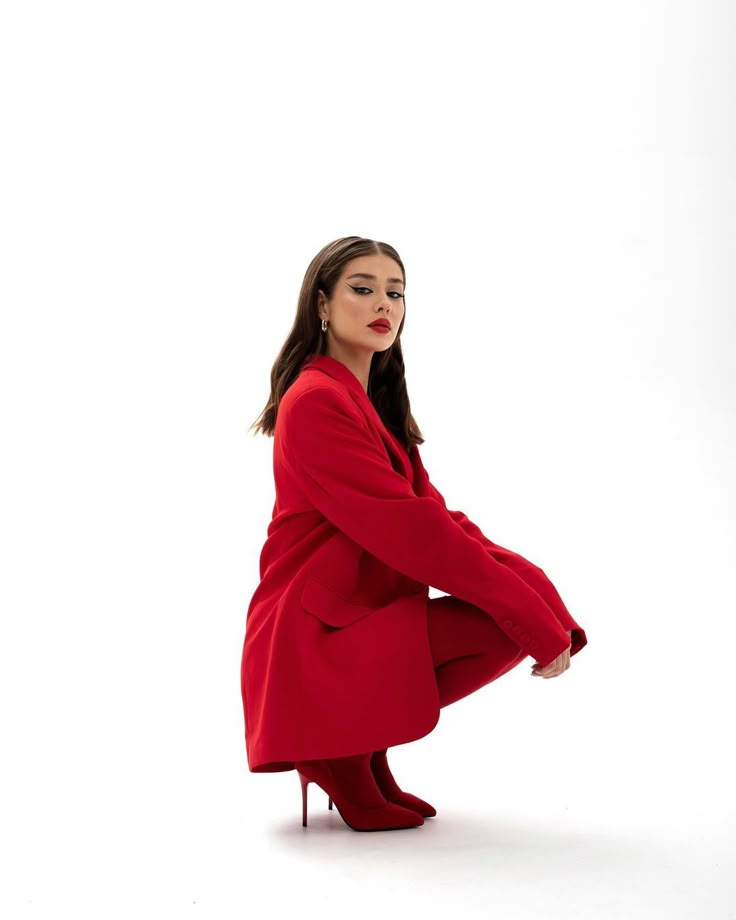

Backgrounds play a key role in highlighting the subject. The photographer should pick locations that match the shoot’s mood and colors.
Simple backgrounds often work well for portraits. They keep the attention on the subject without clutter.
Natural settings like parks or urban walls can add texture. It’s best to avoid places with harsh shadows or bright spots that might affect lighting.
Testing backgrounds before the shoot helps spot potential issues early.
Classic Posing Techniques
Classic poses focus on clear body shapes and natural lines. The subject’s posture, hand placement, and facial angle affect the image’s balance and feel. Small adjustments can make a big difference.
Standing Poses
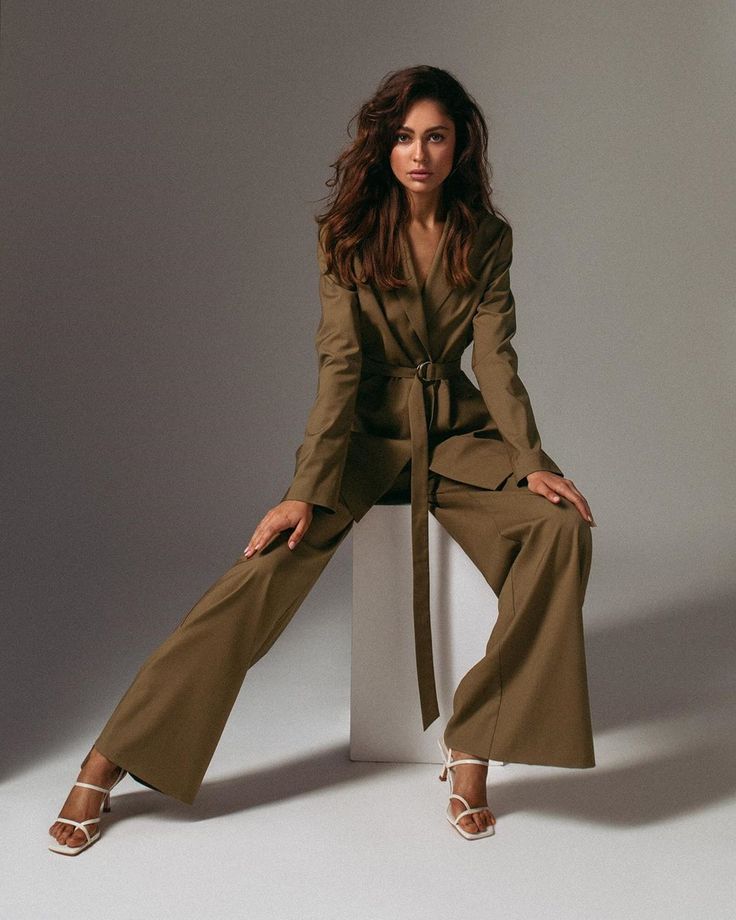
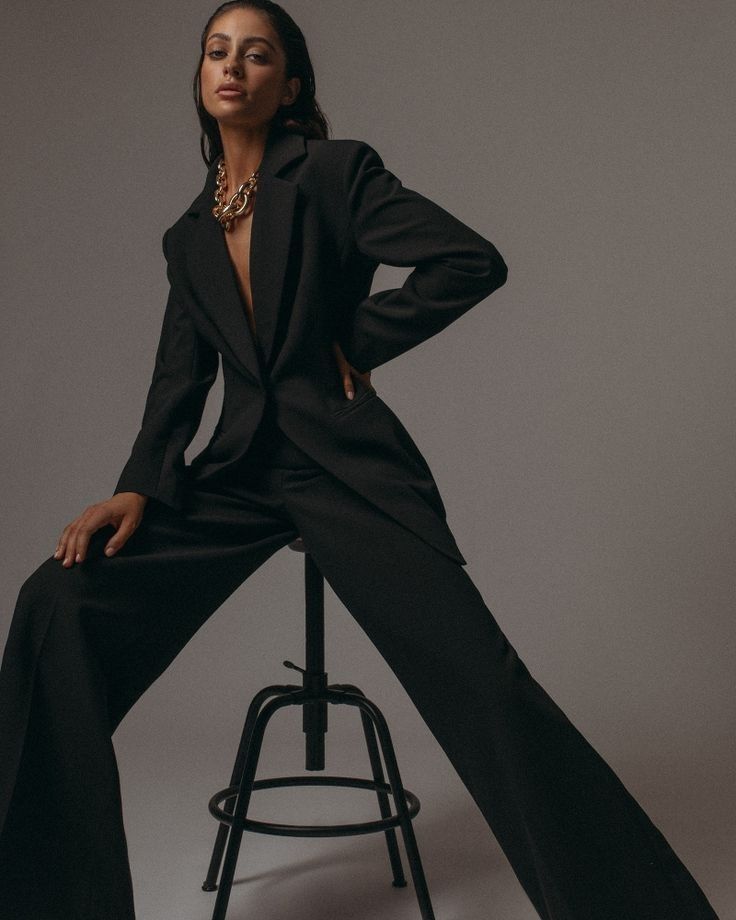
Standing poses work best when the subject shifts their weight to one leg. This creates a natural curve and avoids stiffness. They should angle their body slightly away from the camera, not squarely facing it.
Hands can be placed on hips, crossed lightly, or one hand in a pocket. Avoid pressing arms flat against the body to prevent a wide or bulky look. The head should tilt slightly or stay level to maintain engagement with the camera.
Feet are usually positioned with one pointing forward and the other at a slight angle. This stance helps create depth and a relaxed appearance. Standing poses suit most body types and are common in portraits.
Seated Poses
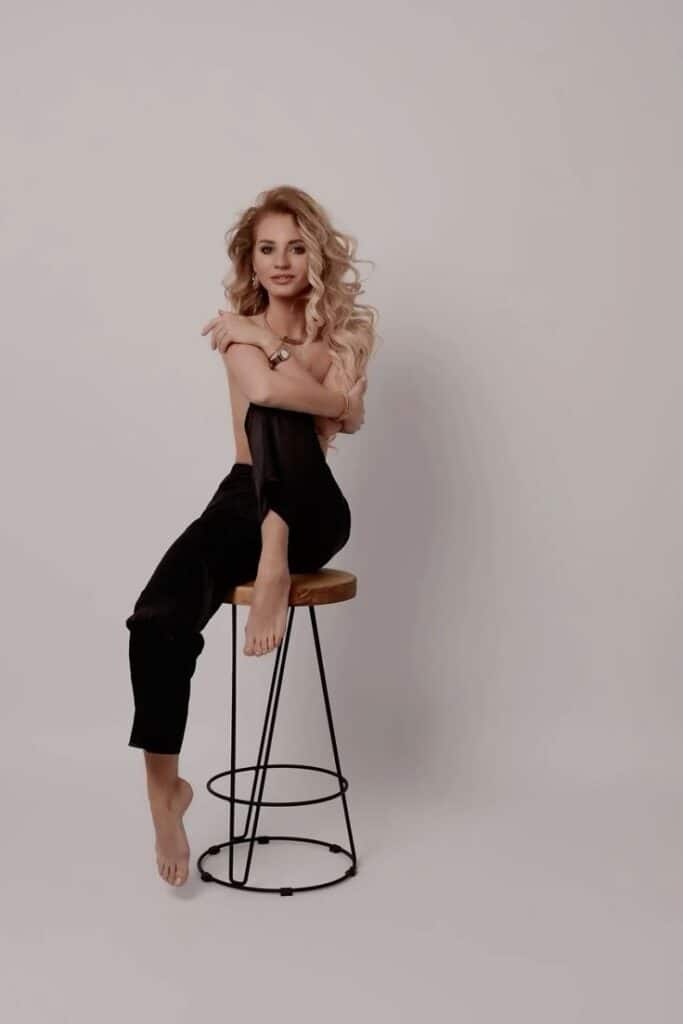
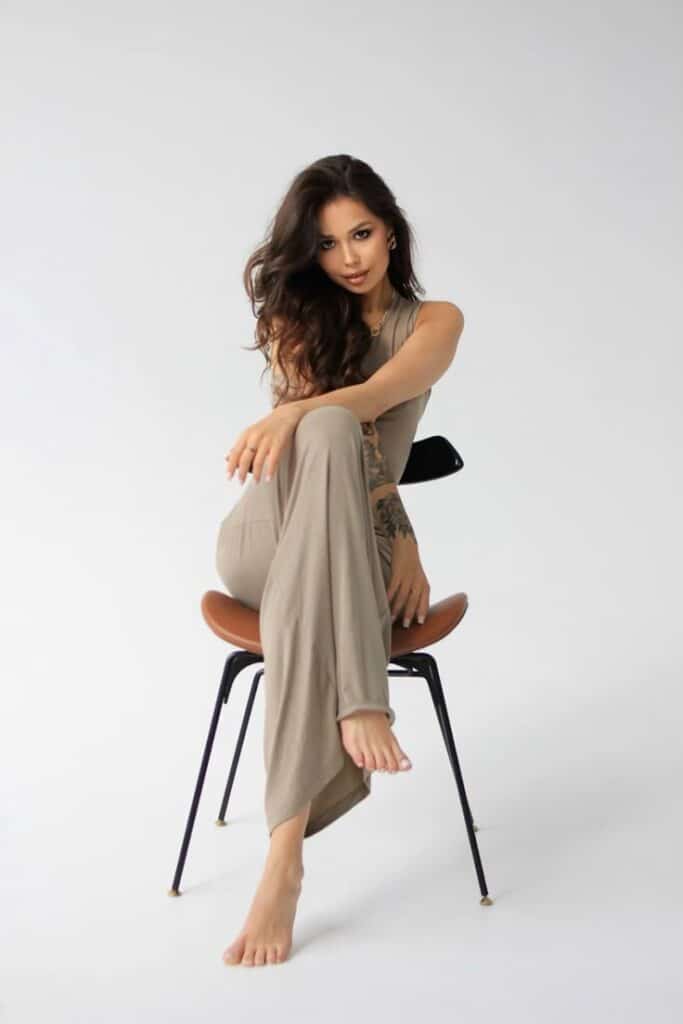
Seated poses offer opportunities to use the chair or surface for support and interest. The subject should sit with good posture but avoid rigid stiffness. Leaning slightly forward or sideways creates a welcoming and natural feel.
Legs can be crossed at the ankles or knees, depending on the subject’s comfort and the desired mood. Feet placement affects the body’s overall line. Placing feet flat on the floor keeps the pose grounded and stable.
Hands can rest on the lap, hold the chair, or interact with props. It’s important they look relaxed and natural. Seated poses often feel more intimate and are good for showing upper-body details and facial expressions.
Movement-Based Poses
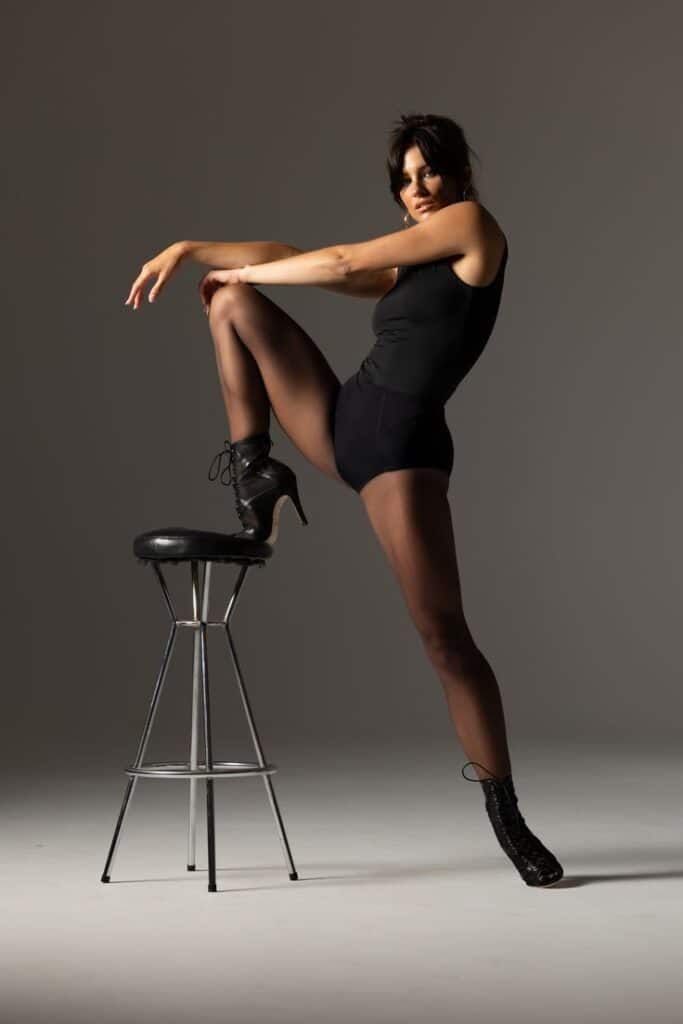
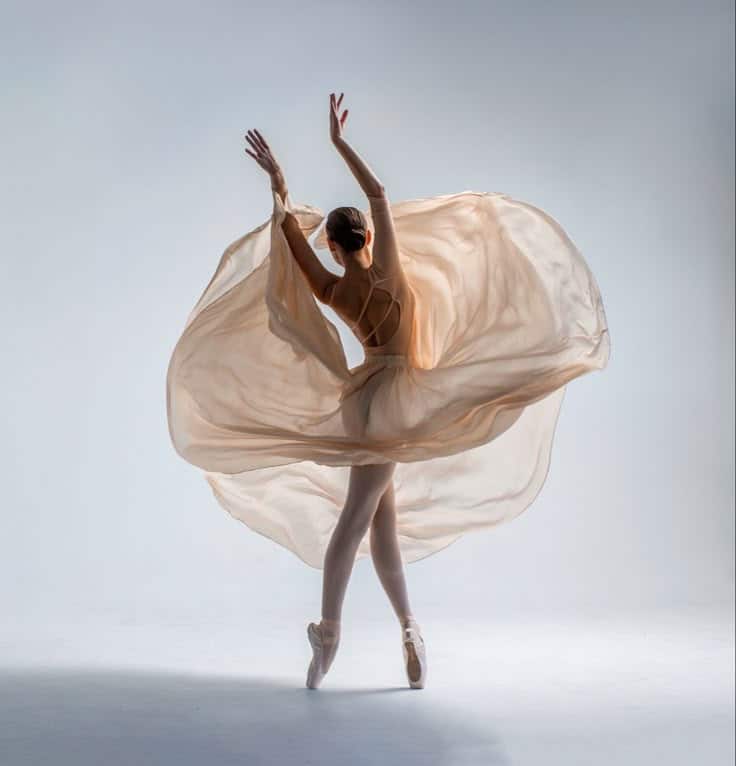
Movement adds energy and spontaneity to photos. Subjects can walk slowly, turn, or shift weight while keeping balance and poise. The photographer should capture moments just before or after the movement to avoid blurring or awkward looks.
Swinging arms gently, turning the head, or shifting the gaze can introduce casual, fresh attitudes. Movement poses help loosen up stiff subjects and bring life into the frame.
Simple movements like a light step or hair flip are popular. Photographers should encourage natural gestures and avoid forcing poses, letting the subject move comfortably within the frame.
Posing for Different Body Types
Posing changes depending on body shape to create the most flattering look. Angles and posture can help balance proportions and emphasize strengths effectively.
Flattering Angles for All Figures
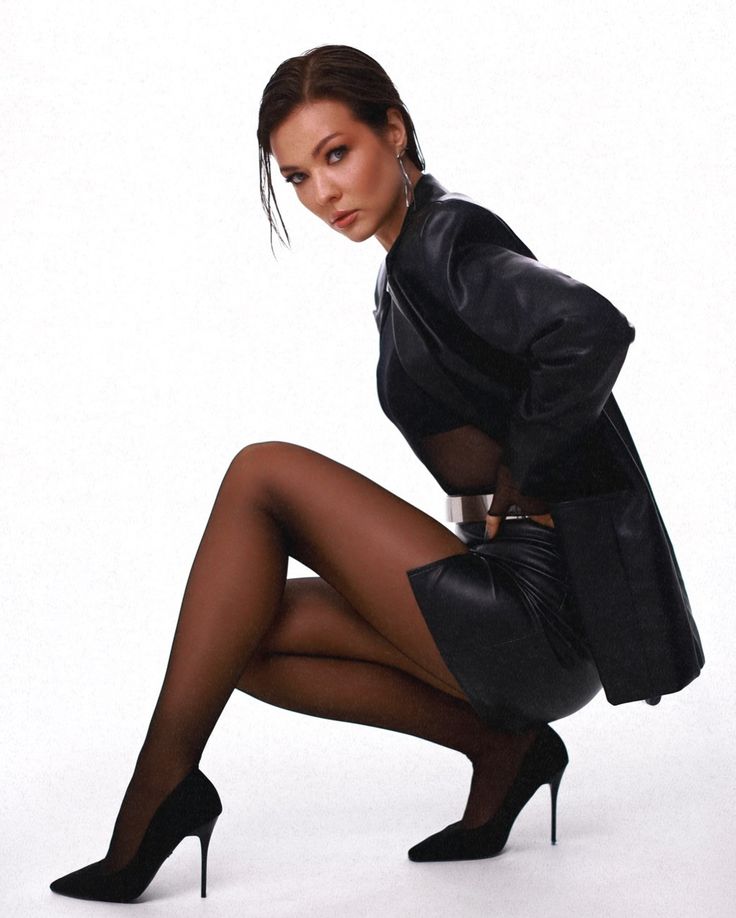
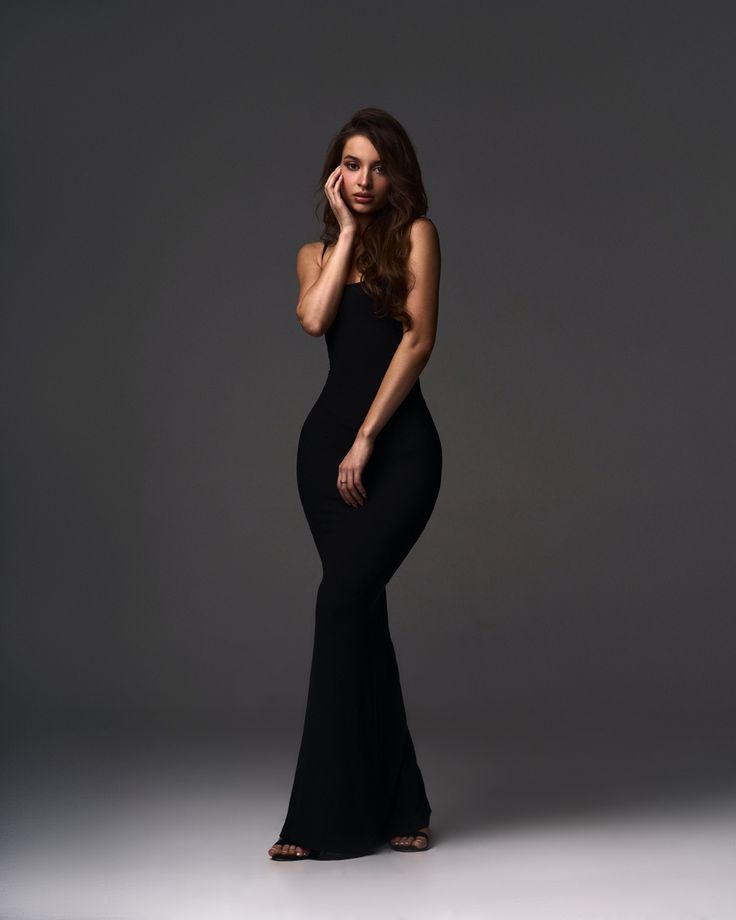
To flatter most body types, slightly turning the body at a 45-degree angle works well. This angle slims the figure and adds depth.
Placing weight on the back foot shifts the body’s balance, making poses look more natural. It also helps avoid stiffness.
Raising the chin a bit elongates the neck, giving a confident and poised appearance. Hands should be relaxed, either on hips or gently touching the face or hair.
For seated poses, sitting at the edge of a chair and keeping the back straight improves posture and body shape in photos.
Highlighting Unique Features
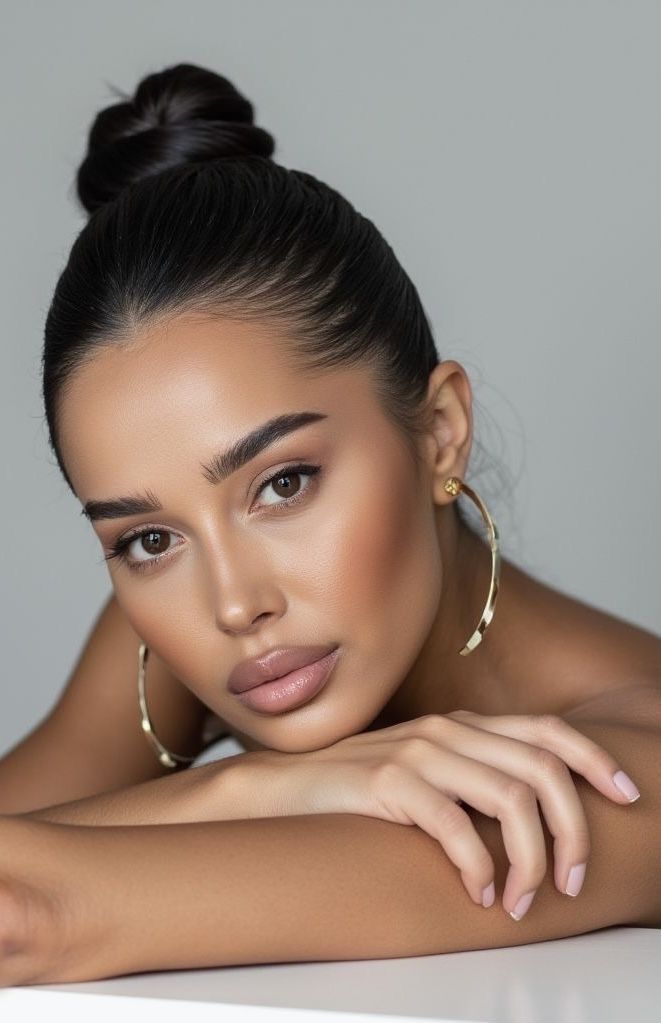
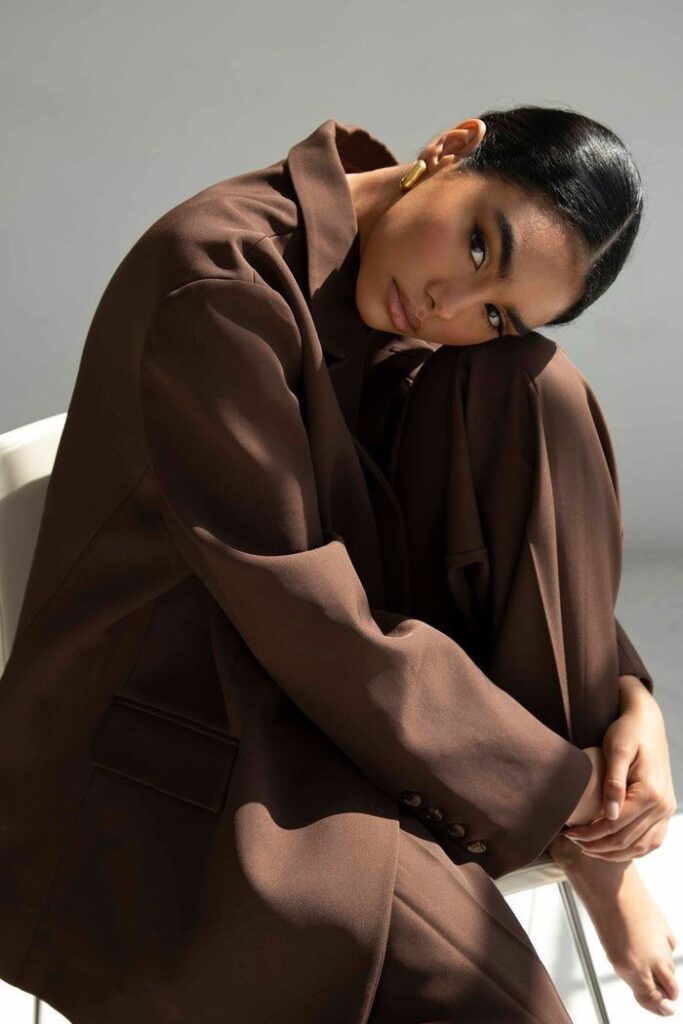
Each person has features worth showcasing. Photographers should focus on these to make the subject stand out.
If someone has strong cheekbones, side lighting and facing the camera slightly from the side enhances this feature. Soft smiles can add warmth without hiding facial structure.
Long legs can be emphasized by posing with one foot in front and slightly bent knees to create lines that guide the eye downward.
For people with broad shoulders, crossing arms loosely or angling shoulders slightly toward the camera can add interest without making the figure look wider.
Using props or clothing adjustments, like cinching a waist or using scarves, can also draw attention to favored features without distracting from the whole image.
Guiding Facial Expressions
Facial expressions impact the mood and feeling of a photo. Choosing between natural or directed looks and focusing on the eyes helps create stronger images. Clear guidance can make subjects feel comfortable and give better results.
Natural vs. Directed Expressions

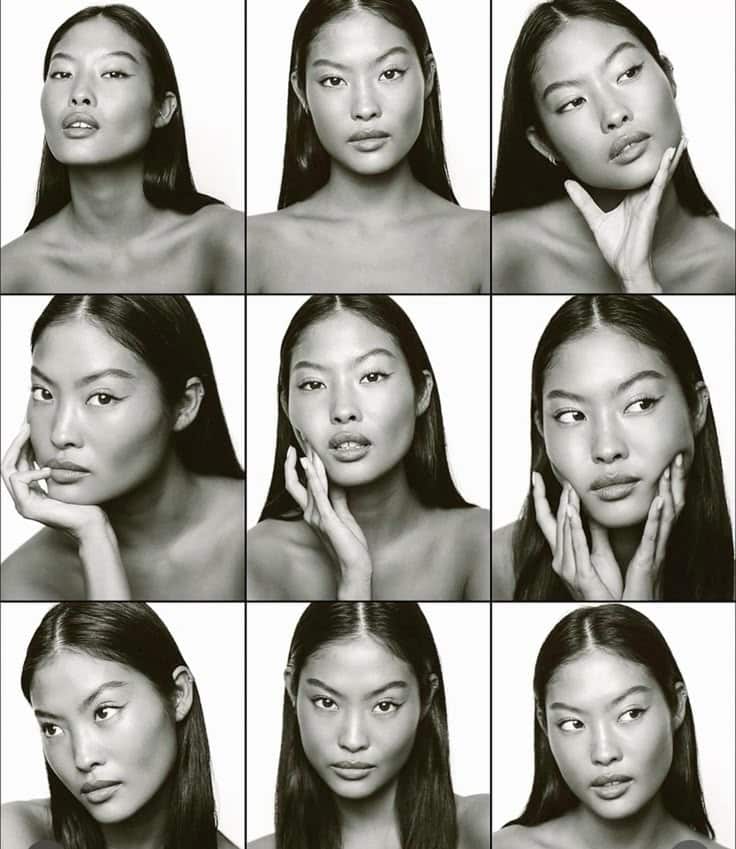
Natural expressions come when subjects relax and act like themselves. Photographers can encourage this by talking, joking, or asking subjects to think of a happy memory.
Directed expressions require clear instructions. Photographers may ask for a specific smile, a serious look, or a surprised face. Showing examples or using mirror practice helps subjects understand.
Use this table to decide which approach fits best:
| Expression Type | When to Use | How to Guide |
|---|---|---|
| Natural | Casual, candid photos | Conversation, reminders to relax |
| Directed | Formal portraits, stories | Clear commands, visual examples |
Engaging the Eyes

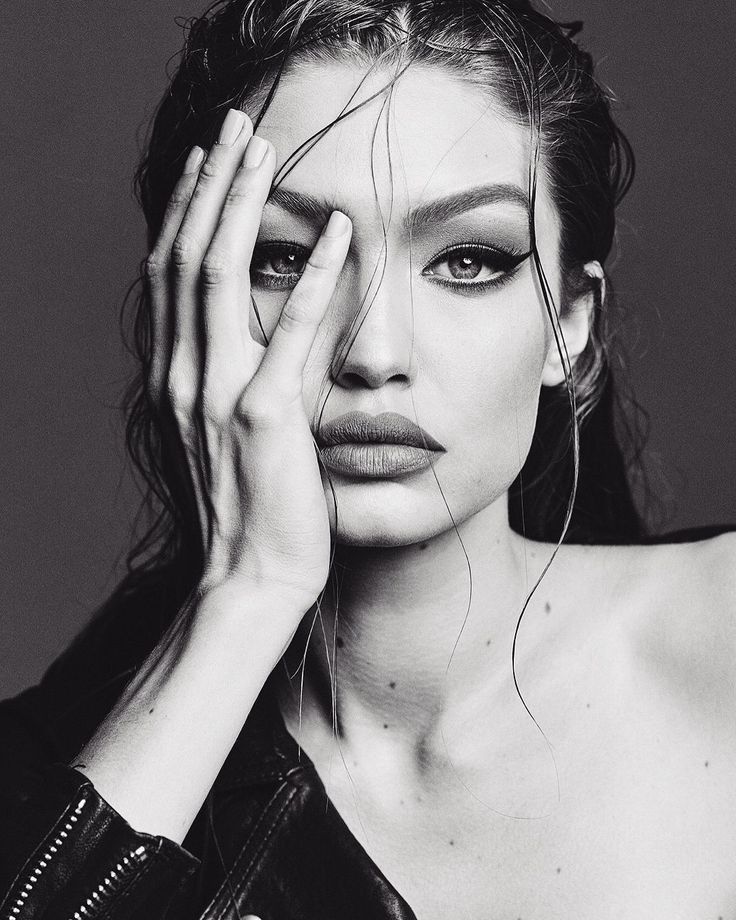
The eyes are the most expressive part of the face. Directing the gaze can change the entire image mood.
To engage the eyes, ask subjects to look slightly above the camera or fixate on a point nearby. This look often appears more thoughtful and natural.
Encourage subtle squinting, called the “smize,” to add emotion without forcing a fake smile. Remind subjects to breathe and blink naturally to avoid a stiff stare.
Posing Groups and Couples
Group and couple poses need clear arrangements and visible connections. Their body language and placement should show unity or relationship naturally.
Dynamic Group Arrangements

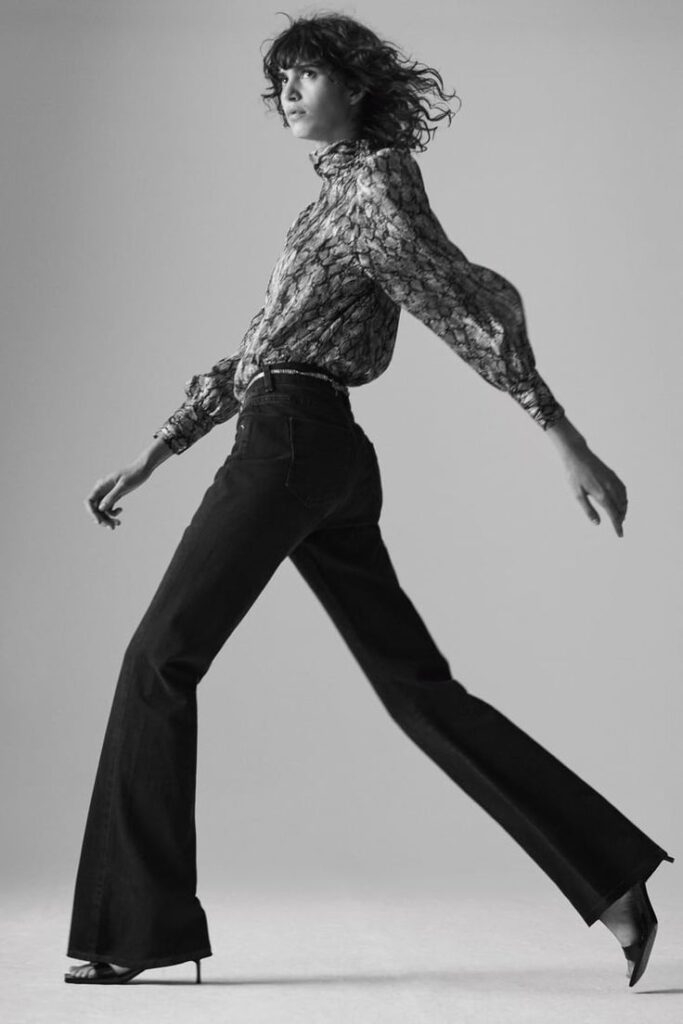
Groups work best when posed with different levels and angles. Some people can stand, others sit or lean to avoid a flat line. It adds energy and keeps the photo interesting.
Spacing is important. People should be close enough to show connection but not crowded. Avoid straight lines by having people slightly angled toward each other.
Hands and arms can show interaction. For example, a hand on a shoulder or linked arms create a natural look. Encourage relaxed postures to avoid stiffness.
Relationship and Connection Poses
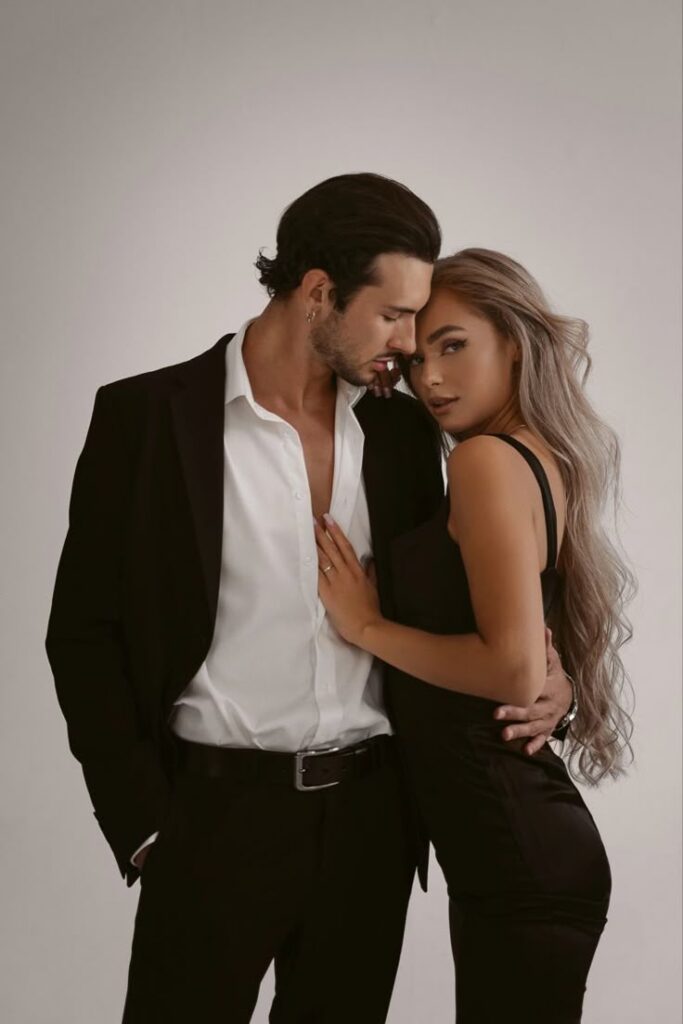
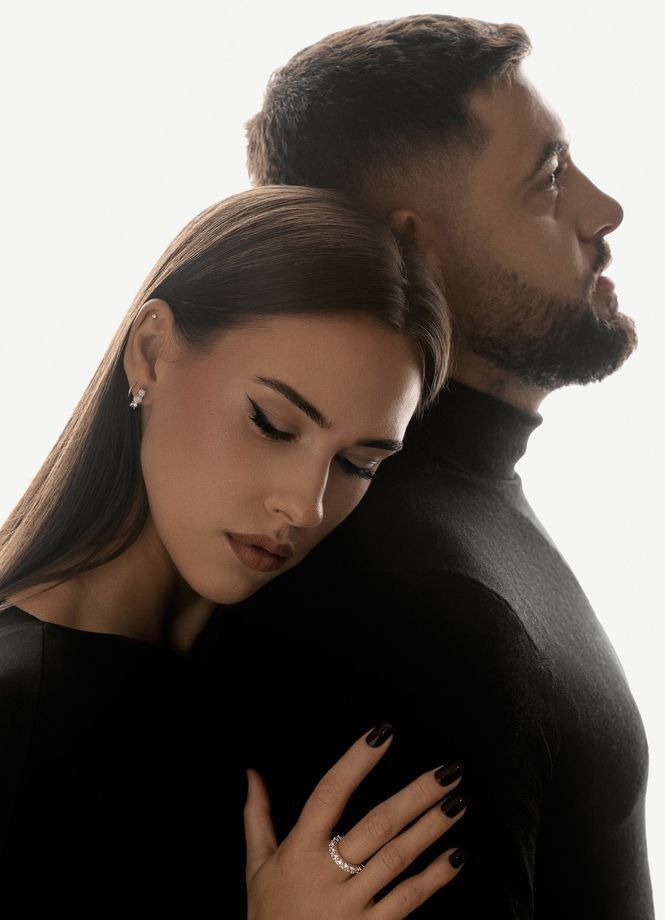
Couple poses focus on showing the bond between two people. Look for ways to capture eye contact, holding hands, or gentle touches.
The couple’s faces should be angled toward each other to show engagement. Bodies can lean in slightly to close gaps and create intimacy.
Simple actions like walking together or sitting close add movement and natural moments. Avoid identical poses; instead, use complementary stances to balance the shot.
Creative Posing Ideas
Posing can be made more interesting by adding movement or using objects to create different moods and styles. These approaches help photos feel natural and dynamic instead of stiff or staged.
Action and Movement Shots
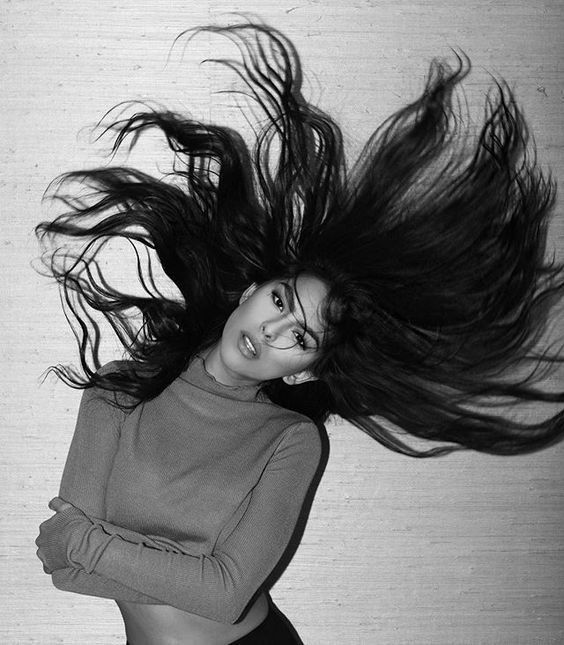
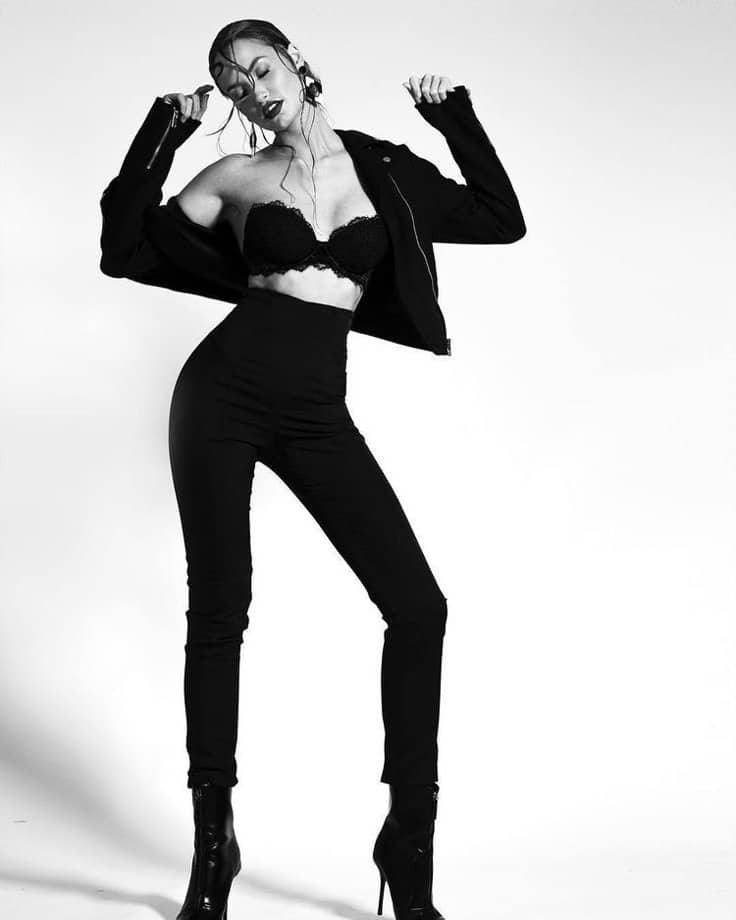
Capturing motion adds energy to photos. People can walk slowly, turn, jump, or toss their hair to create natural-looking poses. Moving helps subjects feel less tense.
Photographers should ask models to try simple actions like walking toward the camera or casually looking away. Catching mid-step or mid-motion brings a lively effect.
Using a slow shutter speed can enhance motion blur, but sharpness on the subject is still important. Posing with movement shows personality and makes photos more engaging.
Using Props Effectively
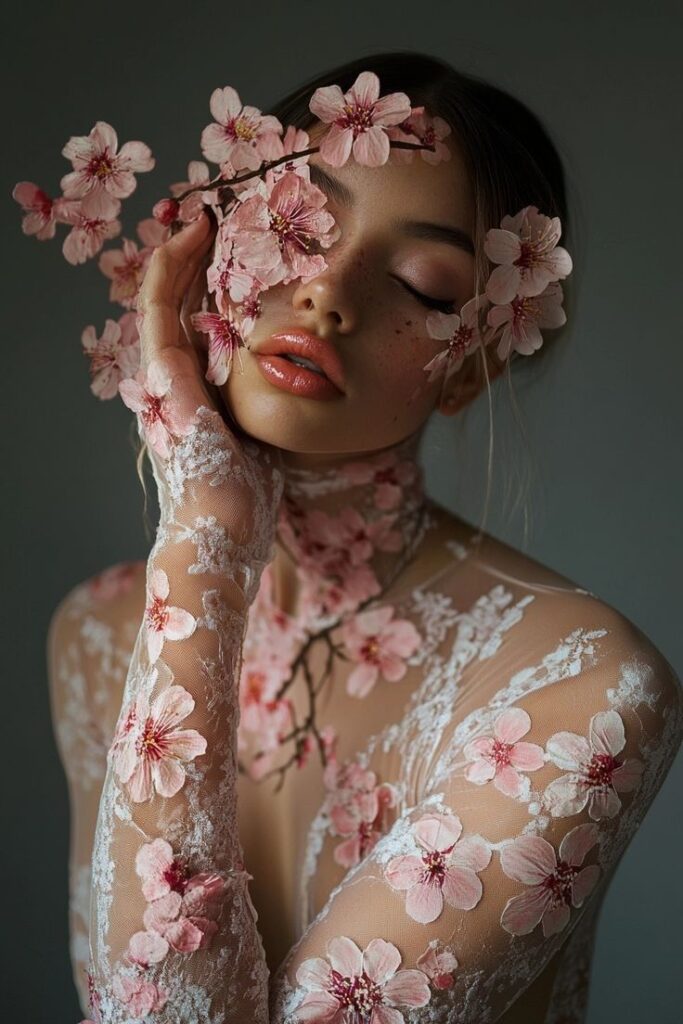

Props can add interest and guide posing naturally. Items like hats, chairs, bags, or flowers give hands something to do. They help break awkwardness and give a story to the image.
Photographers should choose props that fit the setting or theme. Using props well means balancing them without distracting from the person. People can lean on a chair, hold a scarf, or interact with objects to create relaxed, believable poses.
Props increase variety and help models feel connected to the scene. This often leads to better expressions and posture.
Adapting Poses for Various Genres
Poses vary widely depending on the photography style. Each genre has unique goals and requires certain body language, angles, and expressions. Understanding these differences helps create stronger, more fitting images.
Portrait Photography Posing
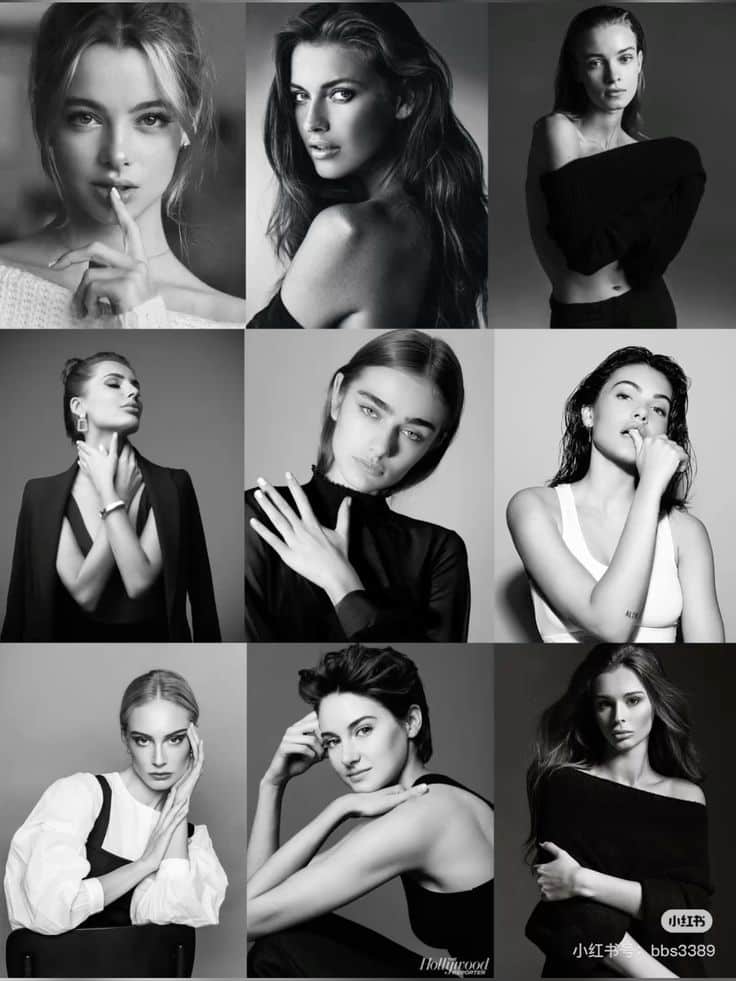
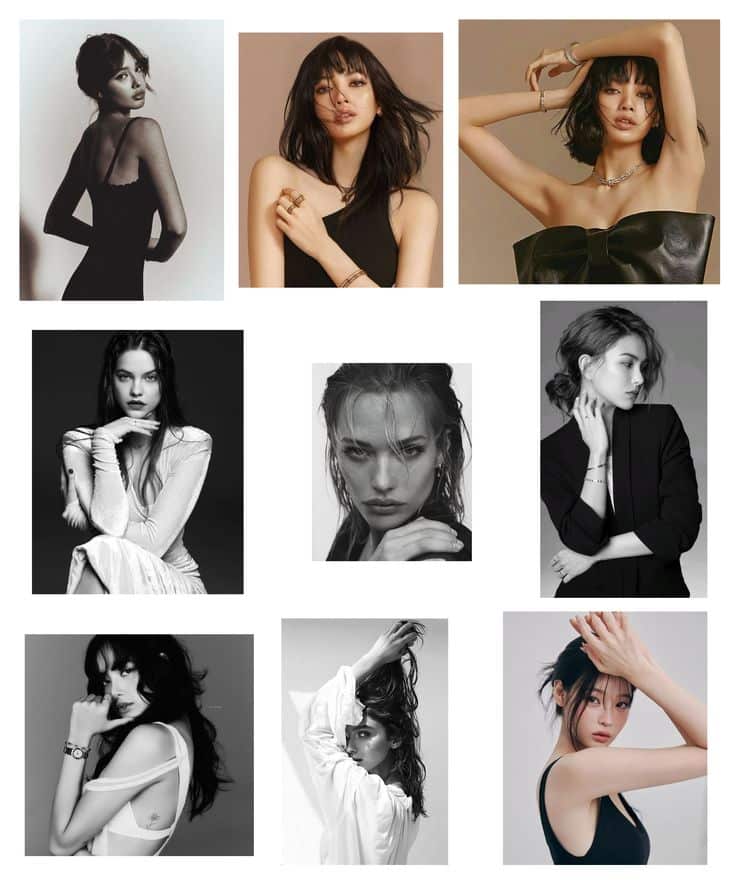
Portrait poses focus on capturing the subject’s personality. The photographer guides the subject to relax the shoulders and avoid stiff poses. Angling the face slightly away from the camera helps create depth.
The hands should look natural, often resting gently on the lap or lightly touching the face. Eye contact with the camera is common but not always necessary; sometimes looking away adds mood. Soft smiles or neutral expressions dominate.
Lighting plays a role in highlighting the subject’s features. Poses often use simple, clean lines to keep attention on the face and eyes. Small changes in head tilt or body angle can impact the mood.
Fashion and Editorial Posing
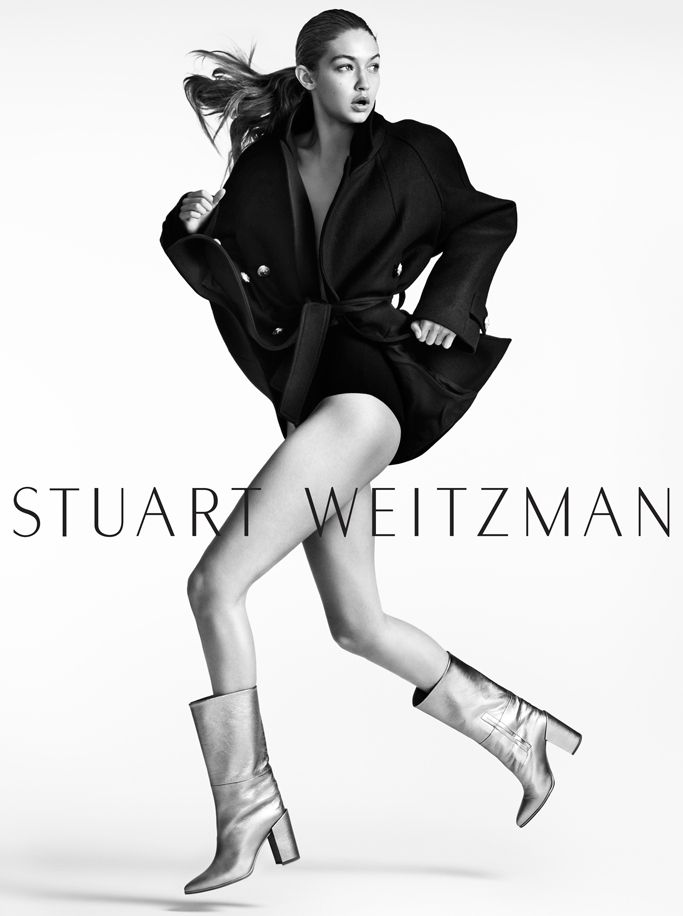
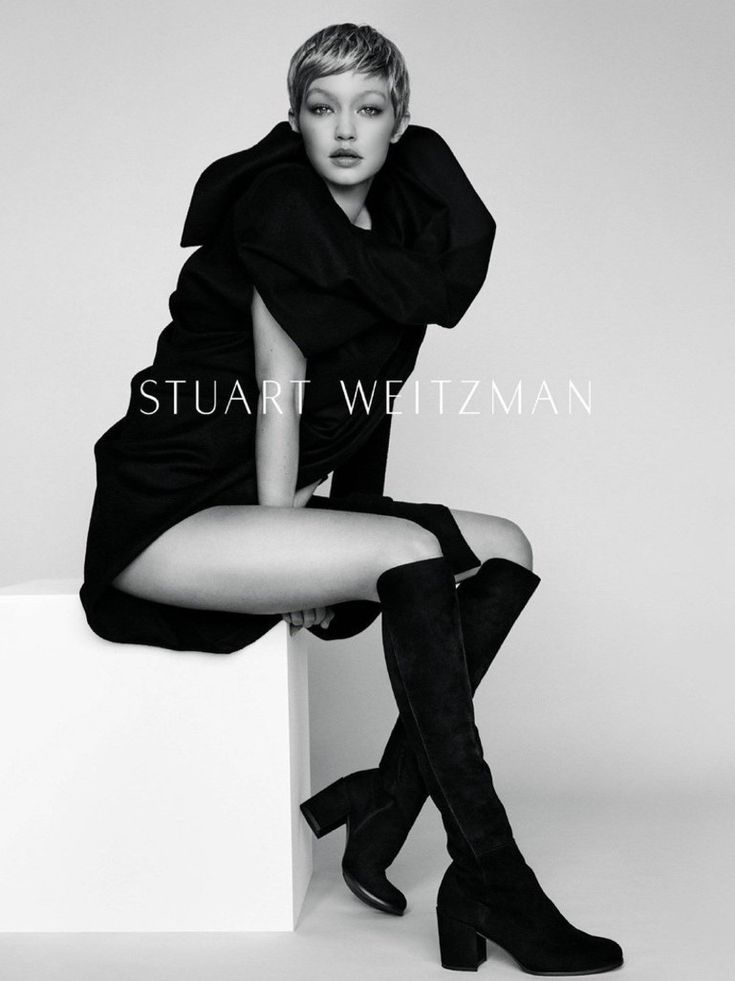
Fashion poses emphasize the clothes and style. Models use sharp body angles and elongate limbs to create dramatic lines. Strong posture is key, with shoulders back and chest lifted.
Expressions are often intense or detached, matching the editorial tone. Movement can be included, such as walking or turns, to bring energy. Poses can be asymmetrical and bold to highlight design details.
Hands and arms frame the outfit carefully, avoiding hiding any important garment parts. The face often tilts up or down to add attitude. Overall, poses must communicate the story behind the fashion.
Lifestyle and Candid Poses
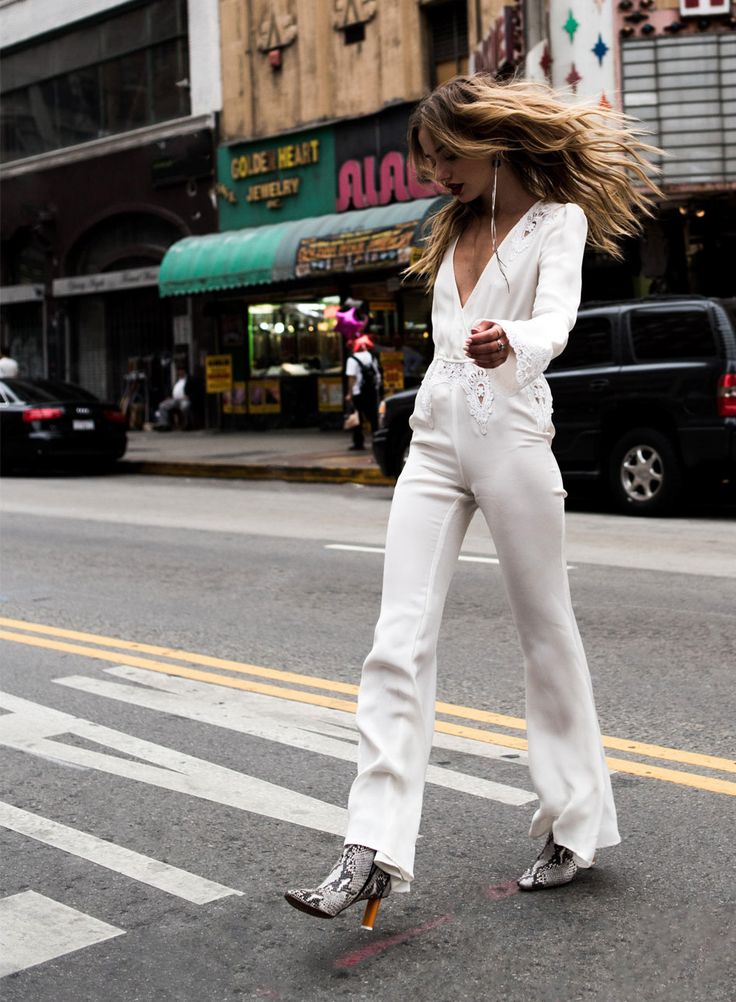
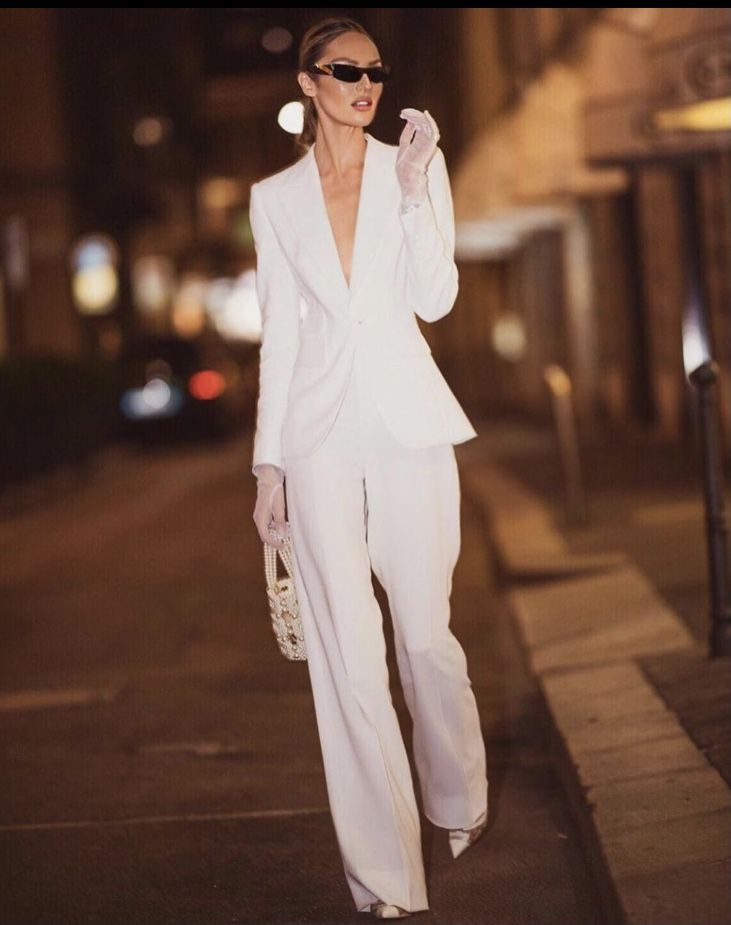
Lifestyle posing looks natural and spontaneous. Subjects are encouraged to interact with their environment or with others. The aim is relaxed, genuine moments rather than stiff poses.
Simple actions like walking, laughing, or sipping coffee make good candid poses. Photographers often use wide apertures to blur backgrounds and keep the focus on the subject’s activity.
Poses here include subtle body language like leaning or shifting weight to appear casual. Expressions tend to be soft and sincere. Overall, the goal is a relatable, real-life feel that viewers connect with easily.
Fine-Tuning Poses During a Session
Adjustments during a shoot help improve the subject’s posture and expression. Photographers must communicate clearly and make quick changes while keeping the subject comfortable and confident.
Real-Time Corrections
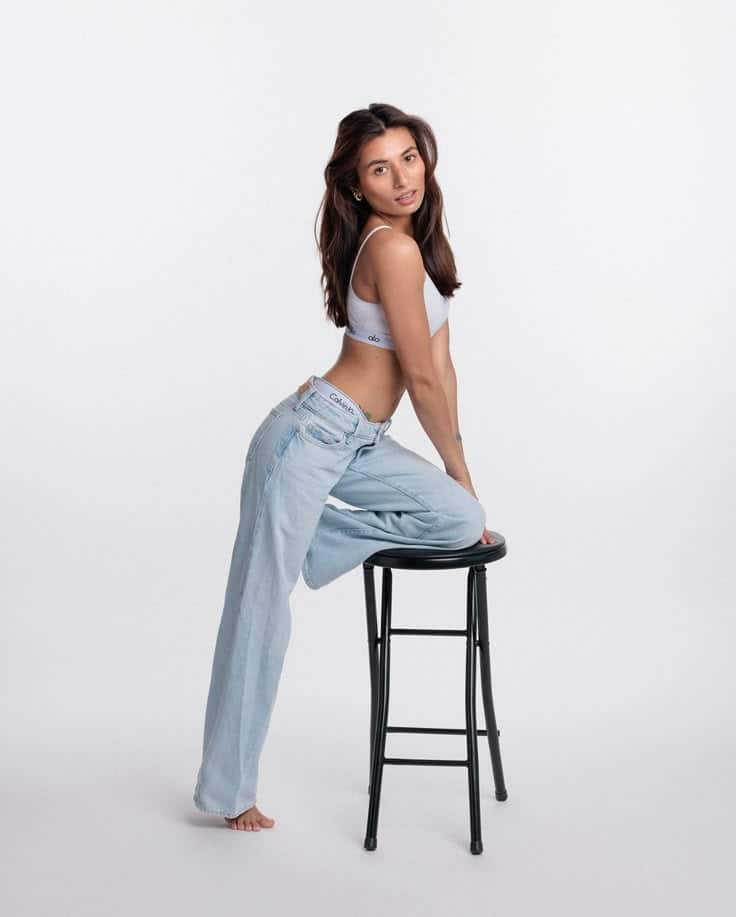
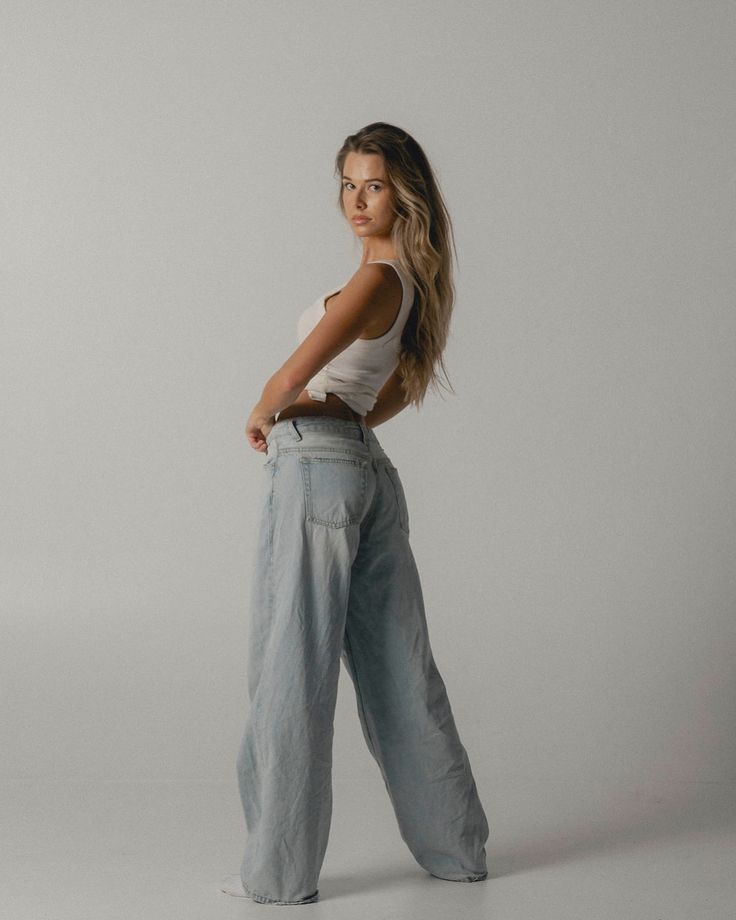
Photographers watch the subject closely for small details like hand placement, shoulder angle, and head tilt. These details affect how natural and flattering the pose looks.
Corrections should be quick and gentle. For example, if a hand looks tense or awkward, the photographer can suggest loosening fingers or resting the hand on a surface. Changing the chin angle by just an inch can improve the light on the face.
Using mirror feedback or showing test shots helps the subject see what works. This reduces guesswork and speeds up the process. Photographers avoid over-correcting, which can make poses look stiff.
Providing Effective Feedback
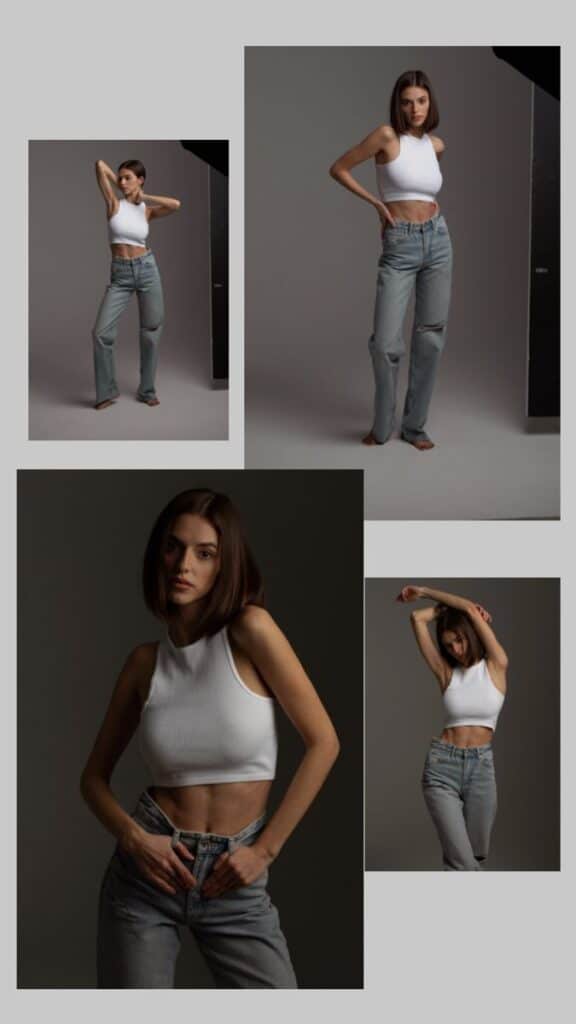
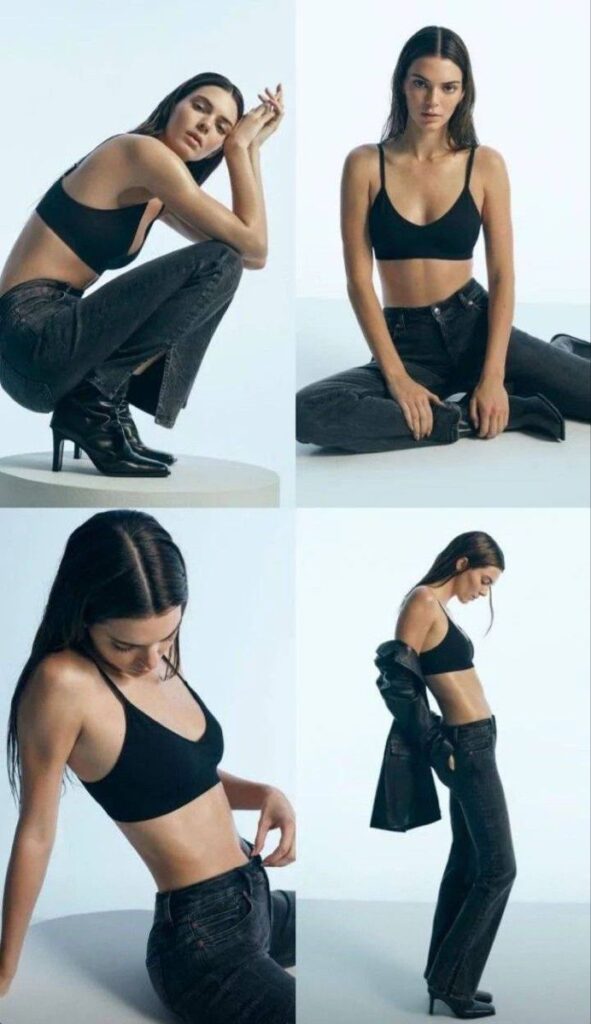
Clear and positive language makes subjects feel at ease. Instead of saying “Don’t do that,” a photographer might say, “Try moving your shoulder back a little.” This keeps the mood light and constructive.
Feedback should focus on one change at a time to avoid confusion. For example:
- Adjust posture first
- Then correct the hands
- Finally, check facial expression
Encouraging words like “That looks great” build confidence. Using simple, direct instructions is best. Avoid technical terms unless the subject understands them.
Photographers watch the subject’s body language and adjust their own tone to keep the session calm and productive.
Post-Session Reflection
After a photo session, it is important to carefully look back at the posing decisions and use the experience to improve future work. This helps create a stronger collection of poses suited to different subjects and settings.
Reviewing Posing Choices
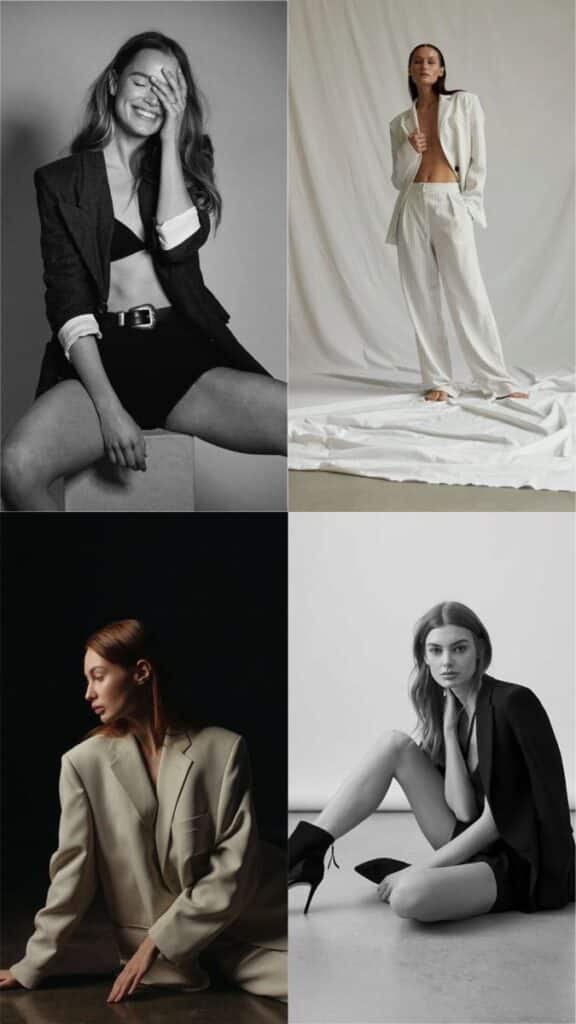
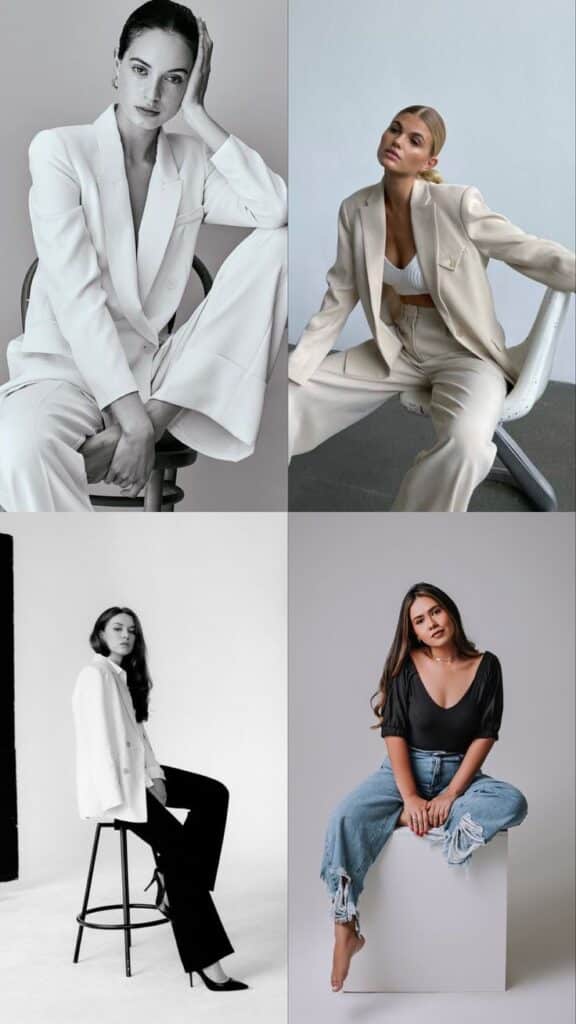
Reviewing poses means checking how each pose worked with the subject’s features and mood. He or she should look for poses that highlight the subject’s best angles while keeping a natural look. It is helpful to note which poses felt comfortable and which ones seemed forced or awkward.
Using feedback from the client and team can also point out what worked well or what might need changing. A brief list can help track poses that gave good results and others that require tweaking. Photos should be compared side-by-side to see if minor adjustments improve the overall look.
Building a Posing Portfolio
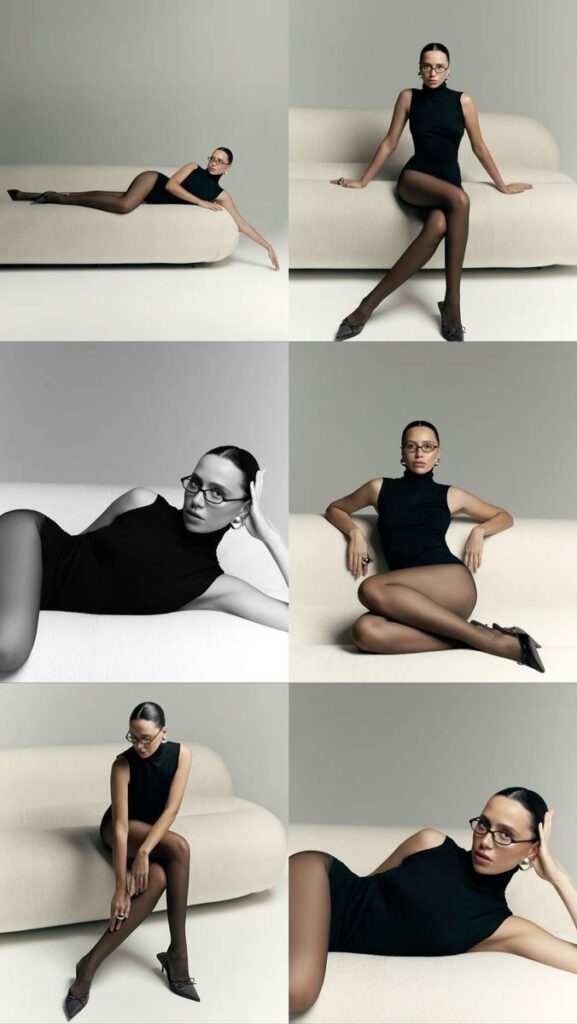
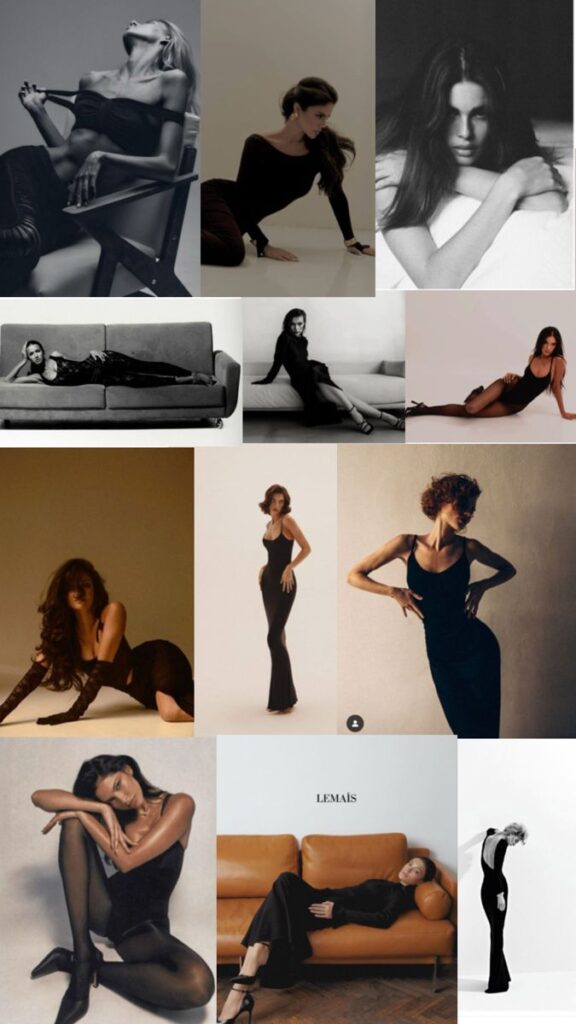
Building a portfolio involves selecting the strongest images that show a range of poses. He or she should include both classic and creative poses to demonstrate versatility. The portfolio acts as a visual guide for future shoots and can aid in marketing.
Organizing the portfolio by pose types such as seated, standing, and action poses makes it easy to find examples quickly. Labels or short notes on why certain poses work can help recall key points during a shoot. Consistency in lighting and style within the portfolio also improves its usefulness.
- 1.0Kshares
- Facebook0
- Pinterest1.0K
- Twitter0


